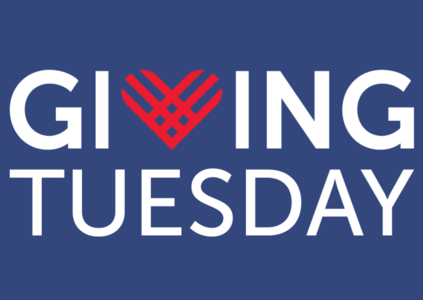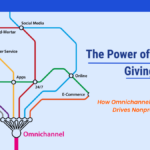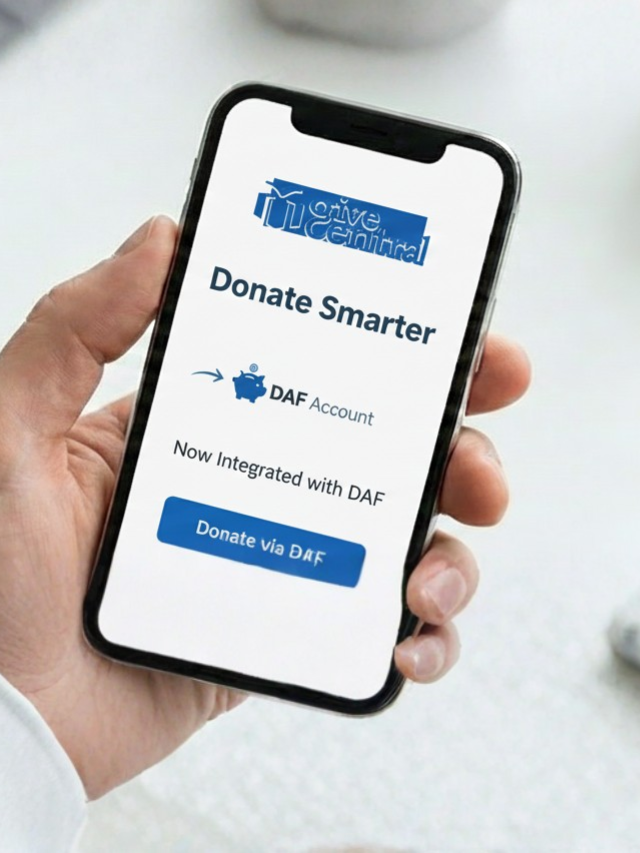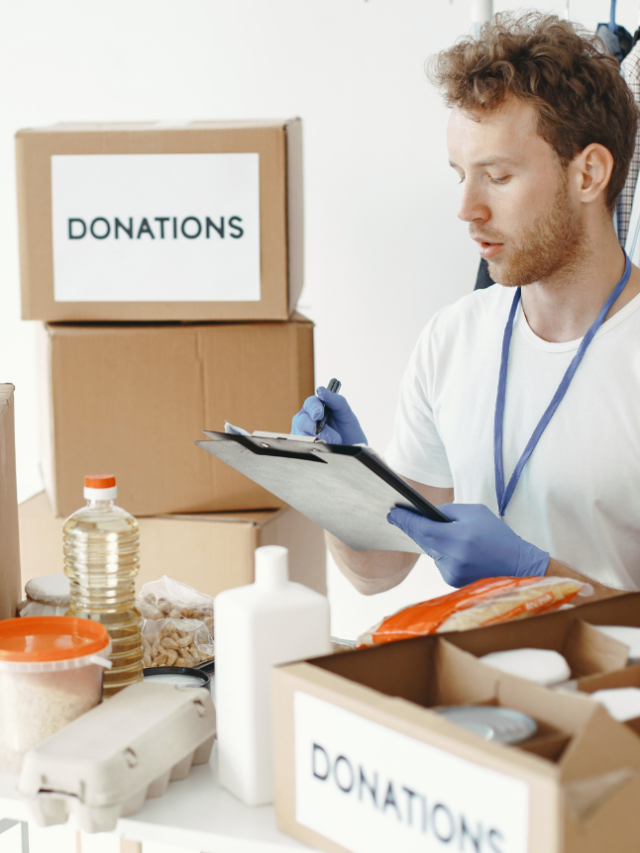Uh-oh.
A donor tried to give, but the donation failed. You’re now facing a moment that could go two ways: rebuild trust or lose it. Most nonprofits either panic, ignore the failed donation, or send a cold, robotic message.
But here’s the truth: how you respond in this moment can build more trust than the donation itself.
Let’s turn a failed donation into a second chance ,done right.
Why Failed Donations Happen (It’s Not Just “Tech Issues”)
Failed donations occur for all kinds of reasons:
- The card got declined or expired
- The donor entered a wrong digit
- The bank flagged it as fraud
- Website glitched mid-payment
- The mobile form didn’t load properly
Here’s the kicker: it’s not always the donor’s fault, and rarely do they know what went wrong. One nonprofit even recovered a $5,000 gift just by sending a kind, human email after a failed attempt.
What NOT to Do When a Donation Fails
Let’s start with what to avoid:
- Don’t go silent. A donor might think it went through or feel ignored.
- Don’t send robotic tech-speak. “Transaction error: code 502-B” helps no one.
- Don’t guilt-trip them. It’s not about pressure — it’s about partnership.
Bottom line? Be more human than your tech.
How to Respond to Failed Donations: Step-by-Step Playbook
Step 1 – Detect Failed Donations Fast
Use donation platforms that alert you to failed payments in real time. Some tools even auto-retry. The faster you act, the better your recovery rate.
Step 2 – Send a Warm, Human Follow-Up
Here’s a friendly script you can copy:
“Hey [First Name], it looks like something glitched during your donation attempt. We’re here to help if you want to try again. Either way, thank you so much for your generosity — it means the world.”
Step 3 – Offer Easy Next Steps for Recovery
- Send a direct retry link
- Offer PayPal or other options
- Make sure the form works on mobile
Less clicks = more completions.
Step 4 – Say Thank You Anyway
Even if the donation didn’t go through, gratitude still matters. It shows them they’re seen and valued — not just their money.
Message Templates to Recover Failed Donations
Email Example:
Subject: “Oops — Your Donation Didn’t Go Through”
“Hi [Name], we noticed your donation attempt didn’t complete. That happens sometimes! If you’d still like to give, here’s a quick link. And if not, no worries at all. We’re just grateful you care.”
SMS Example:
“Hi [Name], looks like there was a hiccup with your donation. Want to try again? [Link] Thanks again!”
Chatbot or Live Support:
“No worries — this happens! Let me send you a fresh donation link. Thank you so much for trying.”
Best Tools to Prevent and Recover Failed Donations
Some platforms do this better than others. Look for features like:
- Auto-retry failed cards
- Mobile-first forms
- Clear error messages
- Multiple payment options
How to Reconnect With Donors After a Failed Gift
Sometimes a failed donation = a lost donor. But not always.
Here’s how to gently bring them back:
- Wait a few days, then send a soft reminder
- Focus on impact: “You almost gave clean water to 3 families…”
- Offer help or a different way to give
It’s not about chasing the money. It’s about rebuilding the moment.
Explore the best donor retention strategy for retail donors
Quick Checklist: Handling Failed Donations With Empathy
- Get real-time alerts
- Follow up within 24 hours
- Use kind, non-robotic language
- Make retrying super easy
- Say thank you, no matter what
- Train your team with scripts
- Use tools built for recovery
Final Thoughts: Don’t Let Failed Donations End Relationships
A failed donation doesn’t have to mean a failed relationship.
Handled with care, it can deepen trust. The key is fast follow-up, friendly language, and tech that supports — not sabotages — your donors.
Don’t just fix the payment. Fix the moment.
Want fewer failed donations and happier donors?
GiveCentral helps you collect, track, and recover donations all in one simple platform.
Start your free GiveCentral demo today.
FAQ’s
What strategies can help maintain or rekindle a relationship with a donor after a failed gift?
Waiting a few days before sending a gentle reminder, emphasizing the impact of their potential contribution, offering assistance or alternative donation options, and expressing appreciation can help rebuild trust and donor engagement.
How can organizations recover donations that initially failed?
Organizations can recover failed donations by sending friendly reminders, offering alternative payment methods like PayPal, and making the donation process as easy as possible on mobile devices.
GiveCentral has integrated all the popular digital wallets. Read more
What are the recommended steps to effectively respond to a failed donation?
First, detect the failure quickly using alert systems. Then, send a warm, human follow-up message offering easy next steps for retrying the donation, and always thank the donor, regardless of whether the donation went through.
What are the main mistakes to avoid when handling failed donations?
The main mistakes include going silent, sending robotic or technical messages, and guilt-tripping the donor. It’s important to respond promptly with a human touch and avoid pressure.
donor management software fundraising Fundraising for Nonprofits
Last modified: August 16, 2025

















